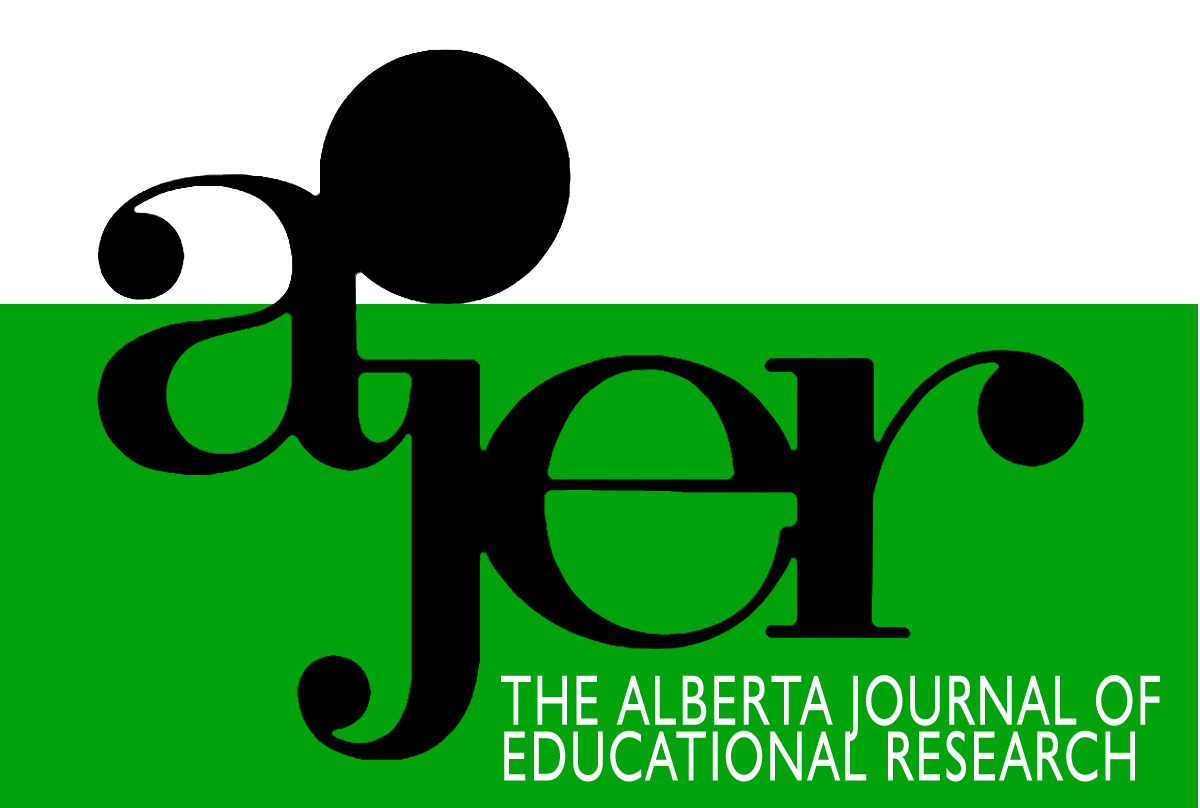Opportunities and Constraints with Ethnography in Examining the Home Literacy Experiences of English Language Learners
DOI:
https://doi.org/10.55016/ojs/ajer.v58i2.55589Keywords:
ethnography, English language learners, home literacy environmentAbstract
This paper is intended for researchers considering using ethnography as a methodology to investigate home literacy experiences of children learning English as a Second Language (ESL). After briefly setting ethnographic study in the context of English language learners’ home literacy practices, I identify five opportunities and five potential constraints using examples from current literature in the research field. The five opportunities include (a) examination of a cultural group, (b) extensive time in the field, (c) multiple sources of data collection, (d) context or setting of the study, and (e) researcher reflexivity. The five constraints include (a) identification of a culture-sharing group, (b) extensive time in the field, (c) prior relationships with participants, (d) communication with immigrant families, and (e) translation issues. I present these so that researchers can understand more readily the opportunities and challenges they may face in exploring the home literacy experiences of immigrant children through ethnography.
Cet article vise les chercheurs qui considèrent employer une approche ethnographique pour étudier les expériences en littératie que vivent, chez eux, des enfants qui apprennent l'anglais comme langue seconde. Après avoir rapidement placé l'étude ethnographique dans le contexte des pratiques littéraires qu'emploient les apprenants d'anglais chez eux, j'identifie, par le biais d'exemples de la littérature actuelle du domaine de recherche, cinq possibilités et cinq contraintes potentielles. Les cinq possibilités sont les suivantes: (a) l'étude d'un groupe culturel, (b) la grande période de temps sur le terrain, (c) plusieurs sources de cueillette de données, (d) le contexte ou milieu de l'étude et (e) la réflexivité du chercheur. Les cinq contraintes sont les suivantes: (a) l'identification d'un groupe qui partage une culture, (b) les rapports préalables avec les participants, (d) la communication avec les familles immigrantes et (e) les enjeux liés à la traduction. Je présente ces dix éléments de sorte à ce que les chercheurs comprennent mieux les possibilités et les défis qui pourraient accompagner les études ethnographiques portant sur les expériences en littératie que vivent les enfants immigrants à la maison.
Downloads
Downloads
How to Cite
Issue
Section
License
UNIVERSITY OF ALBERTA COPYRIGHT LICENSE AND PUBLICATION AGREEMENT
If accepted, authors will be asked to sign a copyright agreement with the following points:
A. Where there is any inconsistency between this Copyright License and Publication Agreement and any other document or agreement in relation to the same subject matter, the terms of this Agreement shall govern.
B. This document sets out the rights you are granting in relation to publication of your article, book review, or research note entitled (the “Article”) through inclusion in the academic journal titled Alberta Journal of Educational Research (the “Journal”) published through the Faculty of Education, representing the Governors of the University of Alberta (the “Journal Editor”).
C. There will be no payment to you for this publication and grant of rights. In consideration of the agreement to publish the Article in the Journal:
1. You are warranting that:
- the content of the Article is your original work, and its content does not contain any material infringing the copyright of others; or, where the Article is not entirely your original work, you have obtained all necessary permissions in writing to grant the rights you are giving in this agreement;
- the content of the Article does not contain any material that is defamatory of, or violates the privacy rights of, or discloses the confidential information of, any other person;
- the Article has not been published elsewhere in whole or in part, and you will not allow publication of the Article elsewhere without the consent of the Journal Editor;
- the names of all co-authors and contributors to the Article are:
2. You agree to license the copyright in the Article to the Journal Editor, on a worldwide, perpetual, royalty free basis; and to the extent required by the terms of this agreement. You shall retain the right at all times to be acknowledged as the/an author of the Article.
3. You further agree that the Journal Editor has the entitlement to deal with the Article as the Journal Editor sees fit, and including in the following manner;
- The right to print, publish, market, communicate and distribute the Article and the Journal, in this and any subsequent editions, in all media (including electronic media), in all languages, and in all territories, ing the full term of copyright, and including any form of the Article separated from the Journal, such as in a database, abstract, offprint, translation or otherwise, and to authorize third parties to do so;
- The right to register copyright of the Journal;
- The right to edit the Article, to conform to editorial policy as the Journal Editor sees fit.
4. If any co-author or contributor to the Article does not sign this agreement, the Journal Editor reserves the right to refuse to publish the Article.



